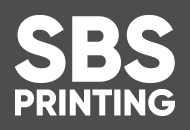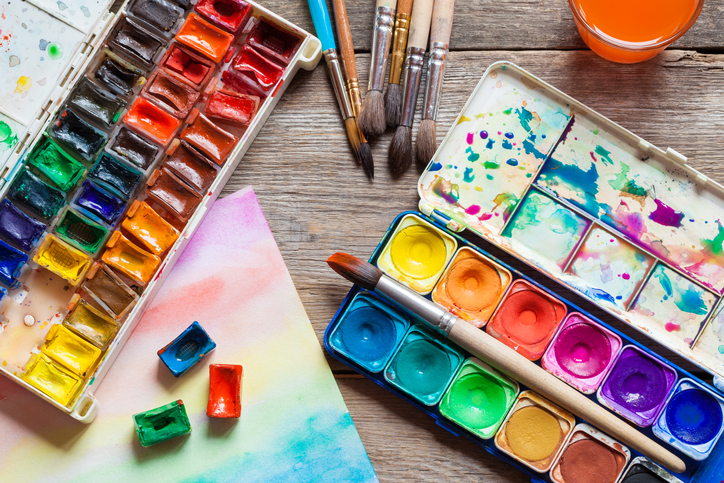Welcome to the vibrant world of watercolour painting! This post is designed to serve as your introductory guide to embarking on your painting journey. From defining what watercolour painting is to listing essential tools, we aim to provide the information you’ll need to make those first steps towards your new hobby.
What is Watercolour Painting?
Watercolour painting is an art form in which pigments suspended in a water-based solution are applied to paper or other mediums. The unique characteristic of watercolours is their transparency, creating a luminous, ethereal quality in the artwork.
The history of watercolour painting can be traced back to primitive times when early humans used water-mixed pigments to create cave paintings.
In the 18th century, watercolour painting gained popularity in Britain. This period saw the rise of many notable artists who specialised in this technique.
Essential Tools for Watercolour Painting
- Watercolour Paints: These come in tubes or pans. Tube paints are great for larger works and a more vibrant, saturated colour, while pan paints are convenient for smaller works or outdoor painting.
- Brushes: A variety of brushes are used in watercolour painting. Round brushes are versatile and can be used for detail work, while flat brushes are great for washes. Mop brushes hold a lot of water and are good for wetting the paper or laying in large amounts of colour.
- Paper: Watercolour paper is specially designed to hold up to a lot of water. It comes in different textures: rough, hot-pressed (smooth), and cold-pressed (semi-rough), and in various weights. The heavier the paper, the less likely it is to warp when wet.
- Palette: This is where you’ll mix your paints. Some artists prefer porcelain palettes because the paint stays wet longer, but plastic palettes are lighter and less fragile.
- Water Container: You’ll need something to hold clean water for rinsing brushes.
- Towel or Rag: This is used for blotting brushes to control the amount of water and paint.
- Masking Fluid: This is used to preserve areas of the paper that you want to remain white or light.
- Board and Tape: To prevent the paper from buckling when wet, it’s often taped down to a board.
- Pencil and Eraser: A pencil is used to lightly sketch out your design before painting, and an eraser to remove any unwanted lines.
Basic Techniques of Watercolour Painting
Here are a few basic watercolour painting techniques:
- Wet-on-Wet: This technique involves applying wet paint onto a wet surface. It allows the colours to blend naturally and can create soft edges and transitions.
- Wet-on-Dry: In this technique, wet paint is applied to a dry surface. It offers more control over the shape and edges of the colour, making it suitable for detailed work.
- Flat Wash: This is the process of creating a smooth, even layer of colour. It’s often used for painting backgrounds or large areas.
- Graded Wash: Similar to a flat wash, but the colour gradually fades out. This is achieved by adding more water to the paint as you work your way down the paper.
Remember, mastering these techniques requires practice. So, don’t be afraid to experiment and make mistakes along the way.
Getting Started with Watercolours
Diving into the world of watercolour painting is a rewarding journey filled with creative possibilities. Now that you’re equipped with the basics, it’s time to begin your artistic adventure.
Don’t forget, having the right tools is key to your success. If you’re looking for high-quality art supplies, make sure to check out SBS Printing’s online store. From paints and brushes to premium watercolour paper, we’ve got everything you need to get started. Happy painting!

